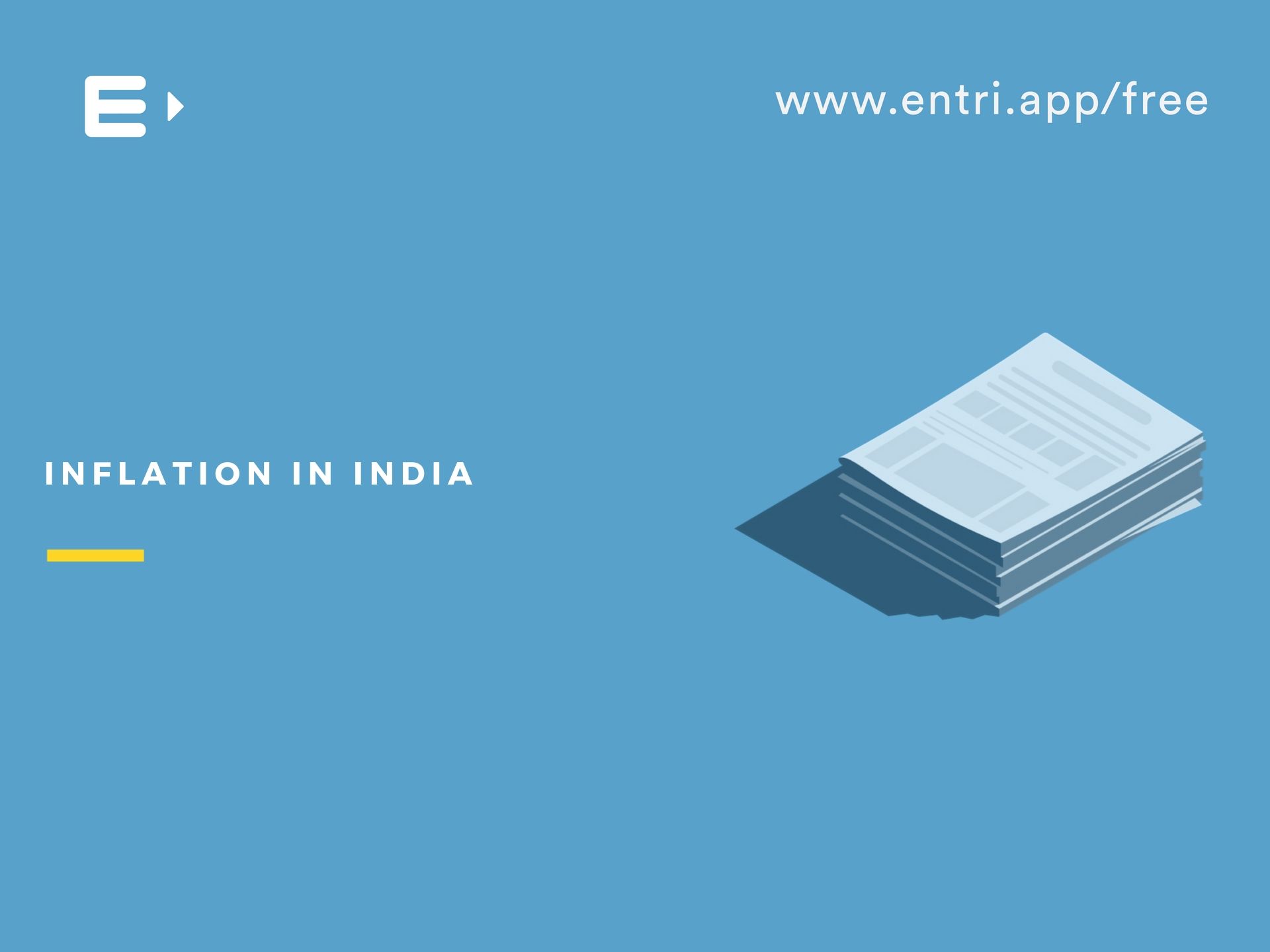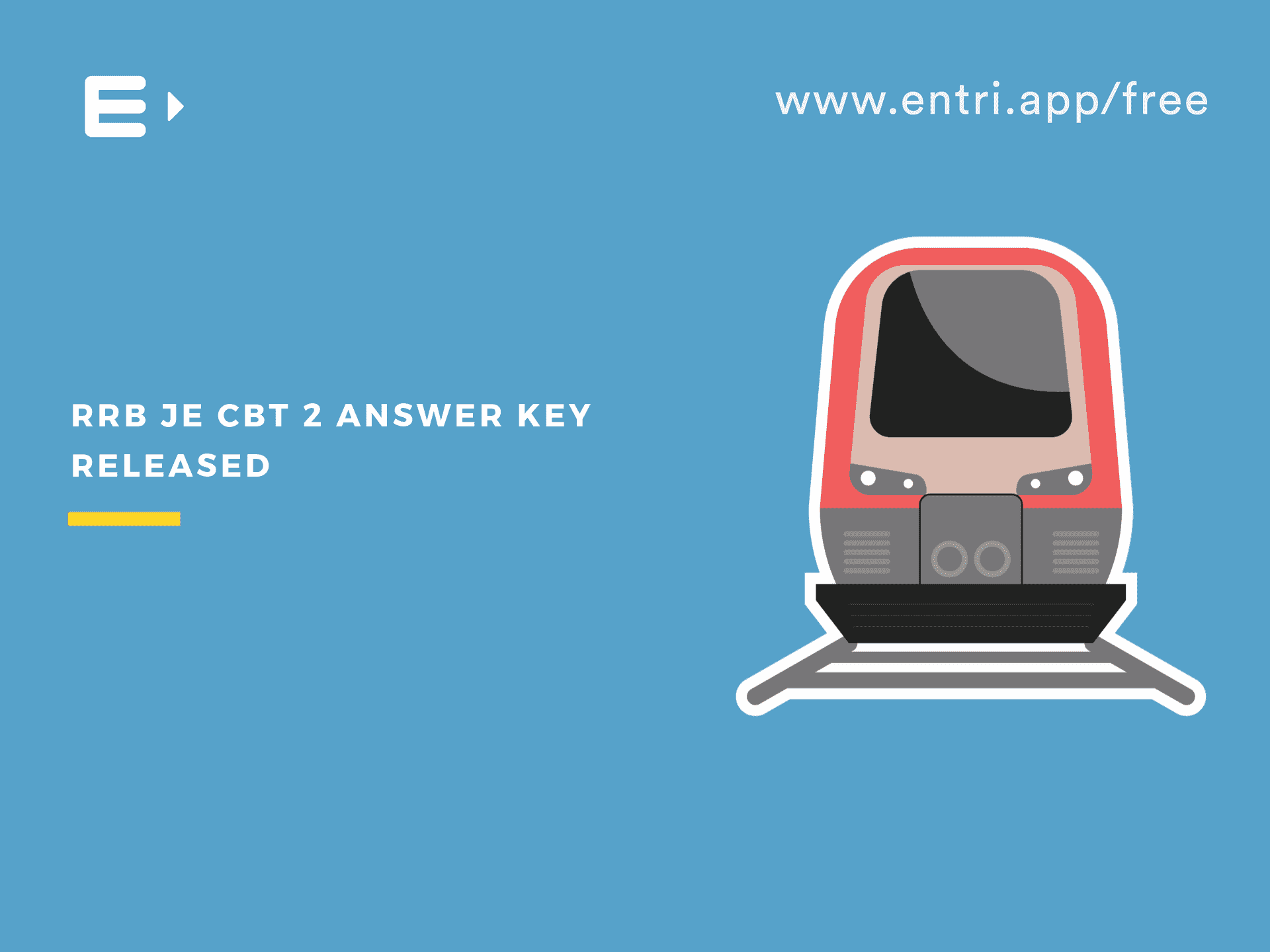Inflation in India is an important topic that should be covered by anyone who is preparing for banking exams and many other public exams. Inflation is one of the most significant economic issue. It even affects our everyday lives through rise in prices and also influences our savings in various ways. In this blog, we discuss about inflation, its types and some important points in this regard.
Inflation in India-Everything You Need to Know
Let us start with the definition of inflation. It is an economic condition in which the prices of all goods and services increases. Inflation reduces the purchasing power of each unit of currency, that is the amount of goods and services that can be purchased with a unit of currency.
Get free mock test for Government and Banking Exam!
Causes of Inflation
There are many causes of inflation such as increased money supply, higher wages, devaluation-rising import prices, cut in interest rates, rising oil prices, higher taxes etc.
Types of Inflation
- Based on Rate : Moderate Inflation, Galloping Inflation and Hyper Inflation
- Based on Cause : Cost-push Inflation and Demand-pull Inflation
Cost-push Inflation
This type of Inflation is due to an overall increase in the cost of production. It is caused by increase in costs of raw materials, labour, fuel. As a result of this rise in prices, manufacturers produce less which leads to a decrease in total supply. Increase in oil price, calamities such as flood etc. cause this type of inflation.
Demand-pull Inflation
This is type of Inflation is due to an increase in aggregate demand over the available output which in turn leads to a rise in prices. In this situation, aggregate supply cannot increase proportionately with aggregate demand.
Optimal Inflation Rates
- Economic growth is slowed down and wages are depressed by a very low inflation as it causes demand for goods and services lower than it should be.
- This low demand can even lead to increases in unemployment.
- But too much inflation also is bad for the economy. It leads to loss of value of savings or money in cash form.
- According to experts, some Inflation is necessary for economic growth. So small and predictable rise in inflation is optimal.
Inflation and Economy
- People with fixed monthly salary is affected since their wages remain the same. If inflation persists for a long time, it significantly alters the economy.
- Decreases purchasing power.
- Encourages spending and investing.
- Raises the cost of borrowing.
Measuring Inflation
The following price indices are used to measure Inflation :
1. Consumer Price Index
- It measures changes in the price level of representative basket of consumer goods and services.
- Calculated on a monthly basis.
- CPI was replaced with WPI as the main measure of inflation in 2013.
- It is calculated as : Total cost of fixed basket of goods and services in the current year X 100/Total cost of the same basket in the base year.
2. Wholesale Price Index
- Measures the price of a representative basket of wholesale goods
- In India this basket is composed of 3 groups : Primary articles (22.62%), Fuel and Power (13.25%), Manufactured products (64.23%)
- WPI is calculated on a monthly basis.
3. GDP Deflator
- The GDP deflator is a measure of the level of prices of all new, domestically produced, final goods and services in an economy.
- It is a price index that measures price inflation or deflation.
Indian economy
- In India, most experts believe that inflation in the range of 2.5 to 3.2 % is acceptable.
- Inflation rate in India was 5.05% as of May 2019 as per the Indian Ministry of Statistics and Program Implementation.
- India uses changes in CPI to measure its rate of Inflation.
Get Higher Rank in Competitive Exam! Download Entri App Now!












